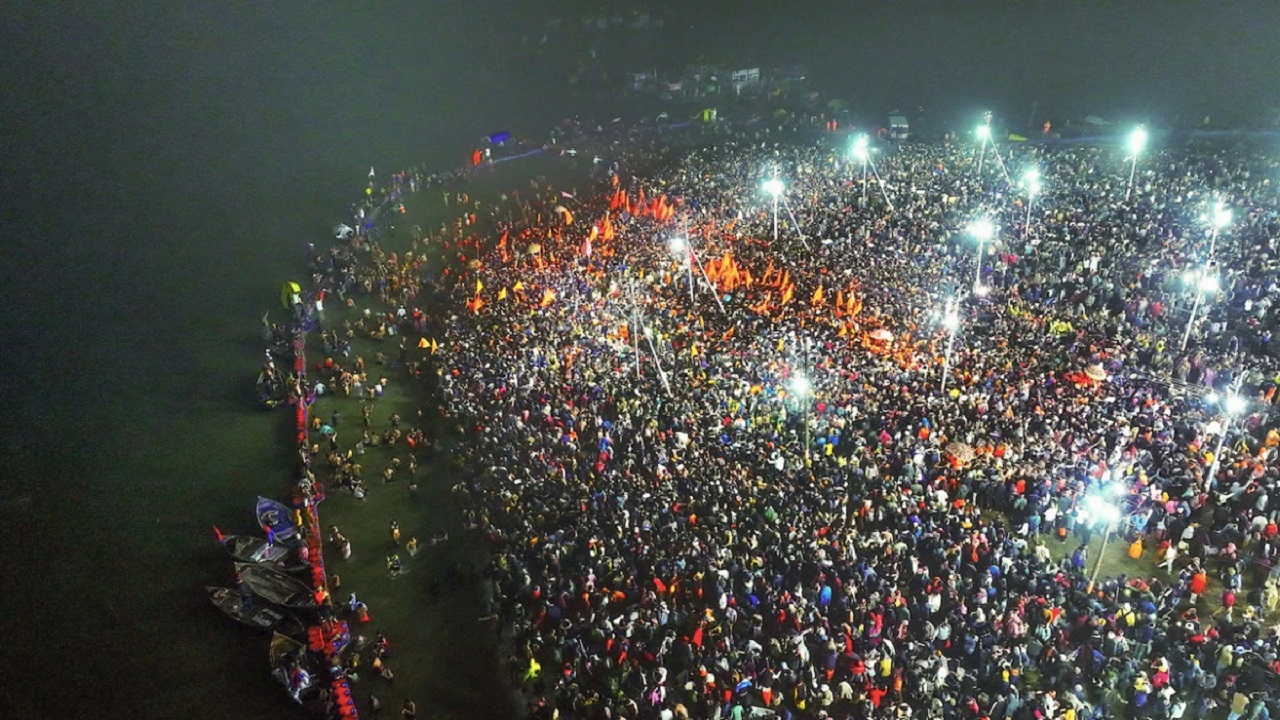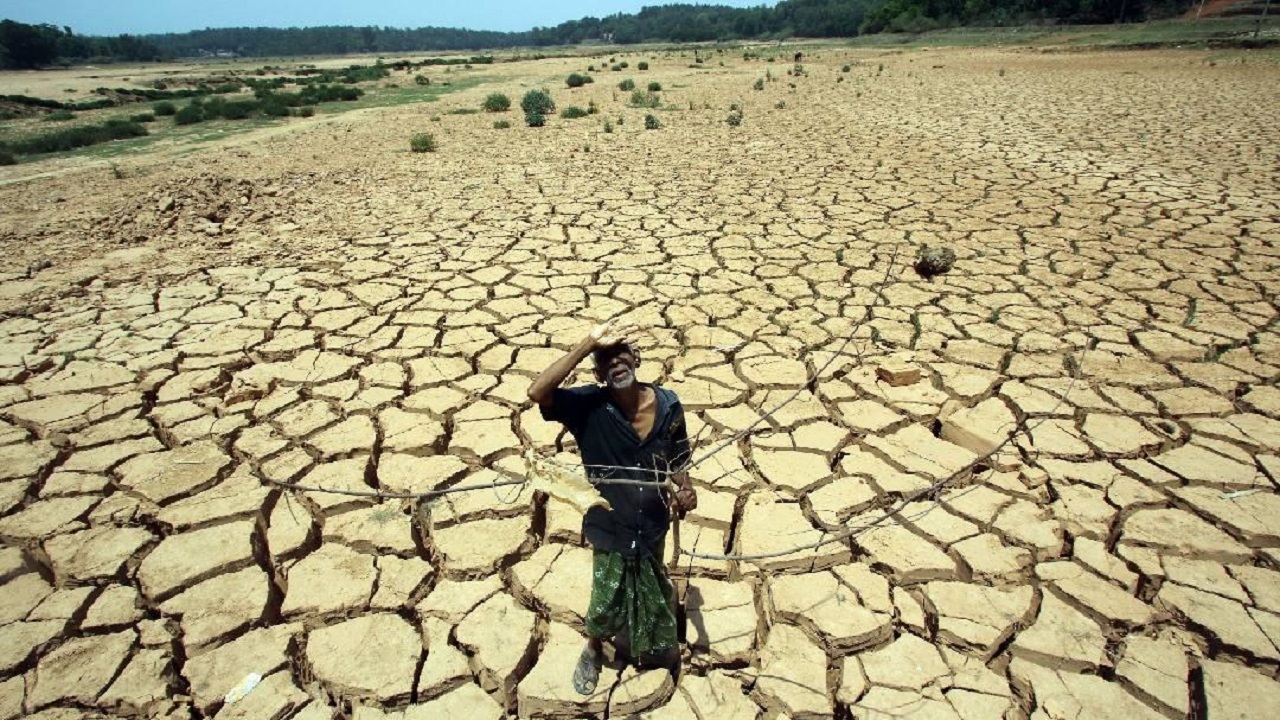Mahakumbh Mela 2025 Stampede: A Tragedy That Could Have Been Prevented
What Happened?
On January 29, 2025, a stampede occurred at the Mahakumbh Mela in Prayagraj, leading to the death of 30 people and injuries to 60 others. The event, attended by millions of devotees, became a scene of chaos due to poor crowd management and lack of safety measures.
The Kumbh Mela is the largest religious gathering in the world, held every 12 years. While such events require proper planning and strict control, failures in management often lead to disasters like stampedes.
What is a Stampede?
A stampede happens when a large crowd moves suddenly and uncontrollably, causing people to fall, get crushed, or suffocate. This often results in serious injuries and deaths.
Common Causes of Stampedes:
- Overcrowding – When more people gather than the space can handle.
- Panic and Misinformation – A false alarm, rumor, or sudden fear can make people rush in confusion.
- Poor Crowd Control – Lack of clear entry and exit routes leads to congestion.
- Weak Structures – Narrow pathways, weak barricades, or blocked exits make movement difficult.
- Fire and Electrical Issues – Short circuits, poor lighting, or absence of fire safety measures create panic.
Religious Events and Stampedes in India:
- 79% of stampedes in India have taken place at religious gatherings.
- Several stampedes have occurred during Kumbh Mela due to poor crowd management.
Why Did the Stampede Happen at Mahakumbh 2025?
Reports suggest that many things went wrong, leading to the disaster.
- The number of people at the event was much higher than expected.
- Not enough space was provided for people to move freely.
- Entry and exit points were narrow and poorly planned.
- No proper queue system was in place to control the flow of people.
- Lack of coordination between police and event organizers made the situation worse.
What Happens When Crowd Control Fails?
- Overcrowding leads to pushing and shoving.
- People fall and get crushed under others.
- Many deaths happen due to suffocation (lack of oxygen).
How Can Stampedes Be Prevented?
The National Disaster Management Authority (NDMA) has issued clear guidelines to avoid such tragedies.
Steps to Prevent Stampedes:
- Proper Planning – Authorities must calculate the expected crowd size and ensure enough space.
- Better Infrastructure – There should be wide pathways, strong barricades, and multiple exits.
- Advanced Monitoring – Use of CCTV cameras, drones, and public announcements can help manage crowds.
- Emergency Preparedness – Medical teams, ambulances, and fire safety units must be ready.
- Public Awareness – Visitors must be informed through signs, announcements, and helplines to prevent panic.
Challenges in Crowd Management
- Religious Events Are Hard to Control – Devotees rush in large numbers, making it difficult to maintain order.
- Not Enough Trained Security – More trained police and volunteers are needed.
- Weak Infrastructure – Narrow roads, weak bridges, and illegal stalls cause blockages.
- No Use of Technology – AI, GPS tracking, and drones can help monitor crowds, but they are not used effectively.
- No Mandatory Registration – A pre-registration system could limit the crowd, but many pilgrims resist it.
Lessons from Past Stampedes
Two Major Incidents in India
- Nashik Kumbh Mela (2003) – 29 people died when crowd pressure at barricades led to a stampede.
- Mandhardevi Temple (2005) – 293 people lost their lives due to overcrowding, narrow paths, and poor planning.
Key Takeaways:
- Crowd movement must be controlled with clear routes.
- Technology should be used for better monitoring.
- Infrastructure should focus on safety, not just large gatherings.
What Needs to Be Done?
To prevent future stampedes, authorities must take strict actions.
- Mandatory Registration – Controlling the number of visitors with pre-registration.
- Use of AI & Drones – Monitoring crowds in real time to prevent congestion.
- Training Security & Volunteers – Educating staff on crowd psychology and emergency handling.
- Proper Movement Planning – Creating separate pathways for entry, exit, and emergency lanes.
- Regular Emergency Drills – Conducting mock drills to train security personnel and the public.
Conclusion
The Mahakumbh Mela 2025 stampede is a painful reminder of what happens when crowd management fails. With proper planning, better infrastructure, and the use of technology, such tragedies can be avoided in the future. As the NDMA rightly states, "Prevention is better than cure." Only strict rules and better coordination can ensure the safety of people at large public gatherings.

.jpg)


Comments (0)